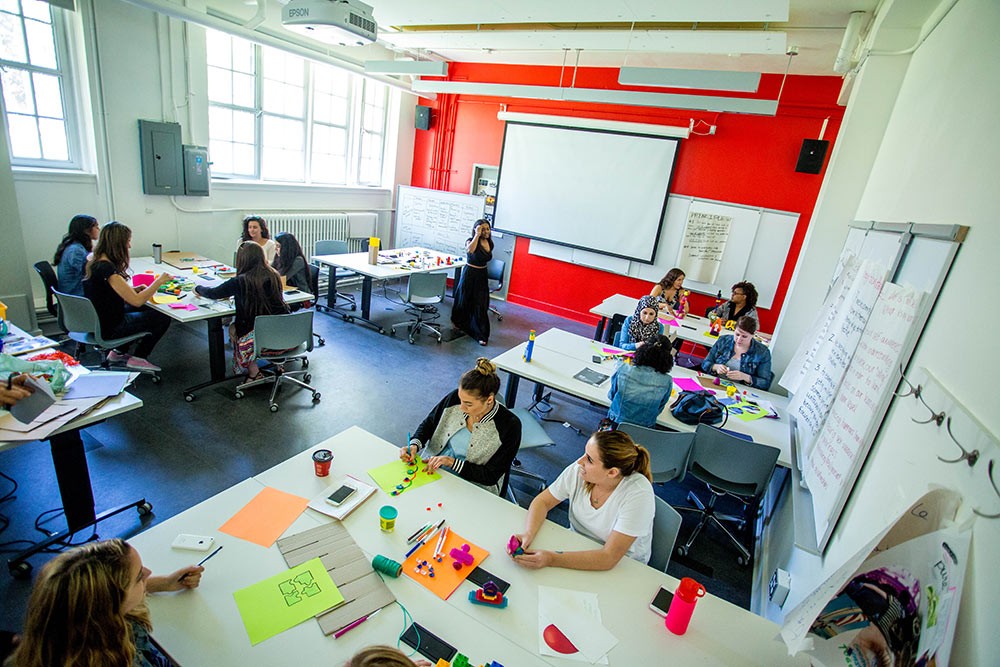Introduction to active learning

Advances in educational research and neuroscience are helping us to better understand how learning works and ways in which a university experience for today’s students can become even better. Supporting more active and collaborative approaches to teaching and learning is a key finding of these discoveries. Active learning promotes greater student engagement and higher-order thinking by encouraging students to work together to become the main contributors to all discovery and knowledge-building processes in class and online.
To help ensure that these strategies are collaborative and lead to the shared creation of knowledge by all learners together in groups, teams or peer-to-peer the activities must be intentionally designed, implemented and facilitated by the course instructor.

